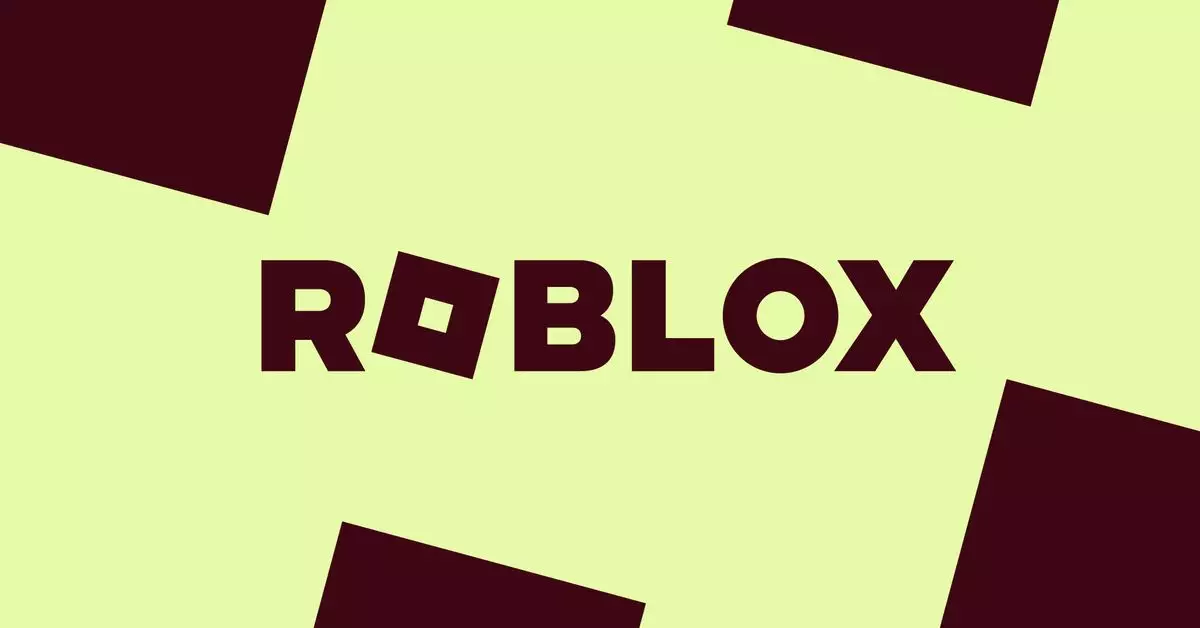As one of the largest online gaming platforms, Roblox has found itself under scrutiny due to its effectiveness—or lack thereof—in protecting its younger audience. Recent incidents have prompted the company to introduce significant changes aimed at bolstering parental control and safeguarding children from potential harm. This article delves into these new measures and evaluates the broader implications for both the platform and its users.
Roblox, originally designed as a creative outlet for children and adolescents, has faced mounting criticism regarding its ability to provide a safe environment. Reports have surfaced about predators using the platform as a breeding ground for abusive behavior, drawing the attention of both media and governmental authorities. For instance, in July 2023, a detailed investigation by Bloomberg highlighted serious breaches of child safety, leading some countries like Turkey to take drastic action by blocking access to the platform altogether. In their quest for safety, the government suggested that the platform had failed to provide adequate protections for its minors.
In a bid to counter these concerns, Roblox is planning to introduce several key modifications to its user interface and overall parental control settings. A proactive approach is crucial, not only to retain users but also to restore trust among parents who feel uneasy about allowing their children to access the platform.
One of the most significant changes Roblox is implementing is the introduction of “parent accounts.” This feature allows parents to link their accounts to their children’s, enabling them to manage controls directly from their own devices. Though this is a positive step towards transparency and oversight, it raises questions about the efficacy of such measures. Parents will have access to insights regarding their children’s screen time and friendships on the platform; however, the absence of a PIN system for changing account settings may leave some families in a vulnerable position.
Critically, while Roblox aims to enhance its parental control features, the limitations of this system are evident. The decision to eliminate some existing account restrictions, such as the ability to block certain in-game communications, could inadvertently expose children to unwanted interactions. A balanced approach must be taken to ensure that safeguards are both practical and comprehensive.
Roblox’s shift from age-based experience guidelines to a more nuanced content labeling system is another critical change. This new categorization aims to provide parents with better clarity about the nature of experiences their children can access. As instances of inappropriate content have been highlighted, this labeling promises to allow parents to restrict access based on their comfort levels with various themes, such as violence or crude humor.
However, the implementation of such a system begs the question of who ultimately determines what is “moderate” content. The criteria used for labeling must be transparent and consistently enforced; otherwise, there is a risk of allowing inappropriate content to slip through the cracks. Moreover, the reliance on parents to monitor their children’s engagement with labeled content puts an unmistakable onus on them to stay vigilant, which can be challenging in an increasingly digital world.
Roblox is undoubtedly taking steps to address critical issues around child safety, but these changes come with mixed implications. While the introduction of more robust parental controls and a clearer content labeling system are commendable initiatives, the limitations of these systems could undermine their intended effects. Long-term solutions should involve not only updating technology but also fostering an awareness of responsible digital citizenship among its young users.
As we anticipate further developments from Roblox in the coming months, the company must demonstrate its commitment by creating a safer online environment. This includes not only implementing these changes but continuously engaging with parents, child safety advocates, and, importantly, its young audience to ensure that these measures evolve in tandem with the challenges they face. The stakes are high, as trust and user safety should always remain paramount on a platform that promises creativity and community for millions of children worldwide.

